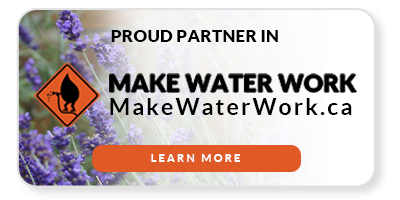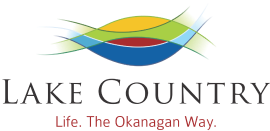Utility Invoicing
If you are not a District water customer but own property in Lake Country, you will receive quarterly utility invoices. Utility invoices for non-District water customers will include garbage, recycling and sewer user fees (if applicable), prorated over four quarters.
Utilities invoices are charged quarterly with the following billing cycles and due dates:
- January 1 to March 31 - due May 15
- April 1 to June 30 - due August 15
- July 1 to September 30 - due November 15
- October 1 to December 31 - due February 15
All unpaid balances past the due date will incur interest of 1.5% per month compounded annually. It is each customer's responsibility to make sure the bill is paid by the deadline to avoid penalties. Outstanding charges at December 31 are rolled into taxes in arrears and accrue interest.
Create a MyLakeCountry eServices profile and link your Utilities account. This will give you 24/7 online access to your account information. You also have the ability to request an eBilling option to receive your invoices digitally.
2025 Water Rates
| Customer Category | Base Rate (Annual) | Base Rate (Quarterly) | Consumption (per cubic metre) |
|---|---|---|---|
| Single Family Residential | $558 per dwelling | $139.50 | $1.13 |
| Registered Accessory or Secondary Suite | N/A | N/A | $1.13 |
| Multi-family | $446 per dwelling | $111.50 | $1.13 |
| Commercial (Also includes Industrial & Institutional) | Dependent on meter size | $1.13 | |
| Agricultural Water | $143 per acre | $35.75 per acre | N/A |
| Seasonal Irrigation | $179 per connection | $44.75 per connection | $0.98 |
| Non-connected Fee | $275 per connection | $68.75 per connection | N/A |
| Unmetered Fee | $3,872 per connection | $968 per connection | N/A |
The water rates are included in the Water Regulation and Rates Bylaw [PDF/1.7MB] (Schedule B).
Note that where there are two (2) or more distinct premises on one parcel, the annual base rate will be multiplied by the number of distinct premises; except where a distinct premise is a Registered Secondary Suite or Registered Accessory Suite.
Sewer Invoicing

Get water saving tips. Learn more and take the Pledge to make water work efficiently.
